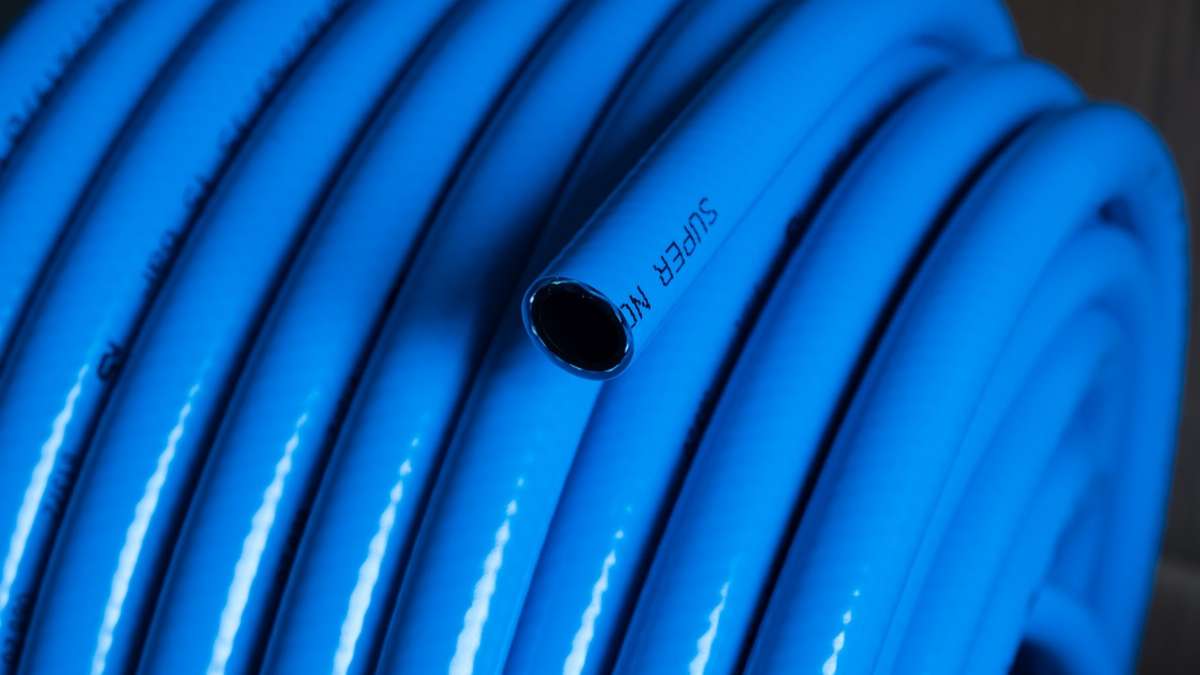A coping saw is a woodworking hand tool used for cutting intricate shapes into wood. These tools will allow you to cut a variety of materials, including wood, plastic, and even metals.
In order to understand the coping saw, you first have to know exactly what it is. A coping saw is a type of handsaw that’s used to cut out complex curves. Coping saws are especially useful in making curved cuts in moldings, such as those found on the frames of doors. However, when it comes to making straight cuts and square corners, other types of saws are better suited.
Materials a coping saw can cut
The following is a list of materials that can be cut by a coping saw. The list is in no way exhaustive -it does not list every possible material and it does not include every possible way of using a coping saw to cut each material. It will serve, however, to suggest ways in which a coping saw can be used:
Wood
Wood is easily one of the most common materials used by woodworkers and DIYers alike. Coping saw blades can slice through wood very easily. Materials like wood are easier to cut because they don’t require as much effort as harder materials. If your project requires any type of wood – from softwoods such as pine or balsa to hardwoods like oak or maple – then the coping saw is a good tool to use.
Plywood
Trying to cut plywood with a coping saw may not be a good idea. A coping saw won’t make the kind of straight cuts necessary for good plywood work, and the blade will cause splintering.
Despite these drawbacks, a coping saw can still come in handy when you have delicate or intricate cuts to make. If you need to make straight cuts in thick material, though – such as those needed for framing – consider using a circular saw instead.
MDF
MDF is Medium Density Fiberboard, a popular type of engineered wood product made from wood fibers and resins. A coping saw can be used to cut this material. However, a circular saw or table saw would be better for straight cuts.
Toxic dust is another concern that you should take into consideration when cutting MDF. Fine particles of dust can become airborne and end up in your lungs if you fail to wear a protective mask or use a respirator. Always have adequate ventilation available when working with MDF and never cut indoors without an exhaust fan running in the background for proper airflow.
Some other engineered materials with similar safety concerns are Chipboard (LDF), Masonite (HDF), MR MDF, and Plywood.
Paper
When cutting paper, you should use a fine-tooth blade. The finer the blade, the cleaner your cut will be. Also, if possible, clamp down your paper before cutting it so that it doesn’t move around. If you are cutting a large piece of paper then be sure to clamp both ends in place as well as use something like painter’s tape on the underside of your paper to keep it from shifting around.
Cardboard
Cardboard is a common material used to make signs, boxes, and packaging. It’s very easy to cut with a coping saw, but you have to be careful. The blade can easily get caught in the cardboard and bend or break.
Also, wear gloves while using this tool to protect your hands from any splinters or loose pieces of cardboard that might fly up while you cut. You should also wear goggles or another form of eye protection so that any fragments won’t get into your eyes.

Leather
I haven’t been able to find a coping saw blade made specifically for leather and it doesn’t seem as if the tool is well suited to cut this material. A utility knife, craft knife, or leather shears might be a better choice.
Plastic
Note: Some of the links below can be affiliate links. For more information, see the disclosure page.
I’ll include related materials such as PVC, Acrylic, Polystyrene, Styrofoam, Foam Board, and so on in this section.
Make sure that your blade stays cool while you’re using it to cut plastic. If your blade gets hot, stop and let it cool down before continuing.
If the plastic is thin, you need to make sure that many teeth contact the material when making the cut. If this is not the case, the saw will be prone to “jump” as you make the cut. This means that you will want a blade with a high TPI (teeth per inch) specification for cutting thin plastic.
It’s important to use a coping saw blade that matches the material you’ll be cutting. I found a great coping saw blade on Amazon. This blade is made to cut through wood, plastic, and metal and has a TPI of 24.
Metal
A coping saw can indeed cut metal (This covers Tin, Aluminum, Sheet Metal, Copper, as well as other materials). It may not be the best tool for this task; however, it gets the job done. Tin snips are better suited for cutting thin materials like sheet metal, but a coping saw will also work.
When cutting metal with a coping saw, you have to be extremely careful to avoid cutting through the bottom of your work and into your hand, because that makes the splinters even more dangerous. If you’re not careful when wielding the coping saw, you risk making a mistake and putting yourself in danger. Use thick gloves to protect your hands from sharp edges and wear long sleeves to keep yourself from getting injured by flying debris. Also, be sure to wear safety goggles so you don’t risk an eye injury from flying pieces of metal.
If you want to cut metal with your coping saw, make sure that you have a blade with a high TPI (teeth per inch) specification. I found a very good coping saw blade on Amazon. It has a TPI of 24 and is made to cut through wood, plastic, and metal.
Another option is to use a hacksaw with a fine-tooth blade. As far as power tools, you can use a jigsaw with a metal cutting blade.

Conclusion: What materials can a coping saw cut?
The coping saw is a very versatile tool and can be used to cut through wood, plastic, and even metal given the right blade. Different materials require a different TPI to get the right cut, so it’s important to know what you’re cutting and which blade is best.
Did you enjoy reading this post? If so, you might also be interested in visiting my Pinterest profile. Once there, you will see boards with pins about Woodworking, DIY & Crafts, Tools, Projects, and other topics.
Related Posts:
Can I Buy Exotic Woods Online?
Can An Electric Drill Be Used As A Screwdriver?
Can An Electric Drill Be Used As A Sander?
How To Make A Hole In Wood Without A Drill


